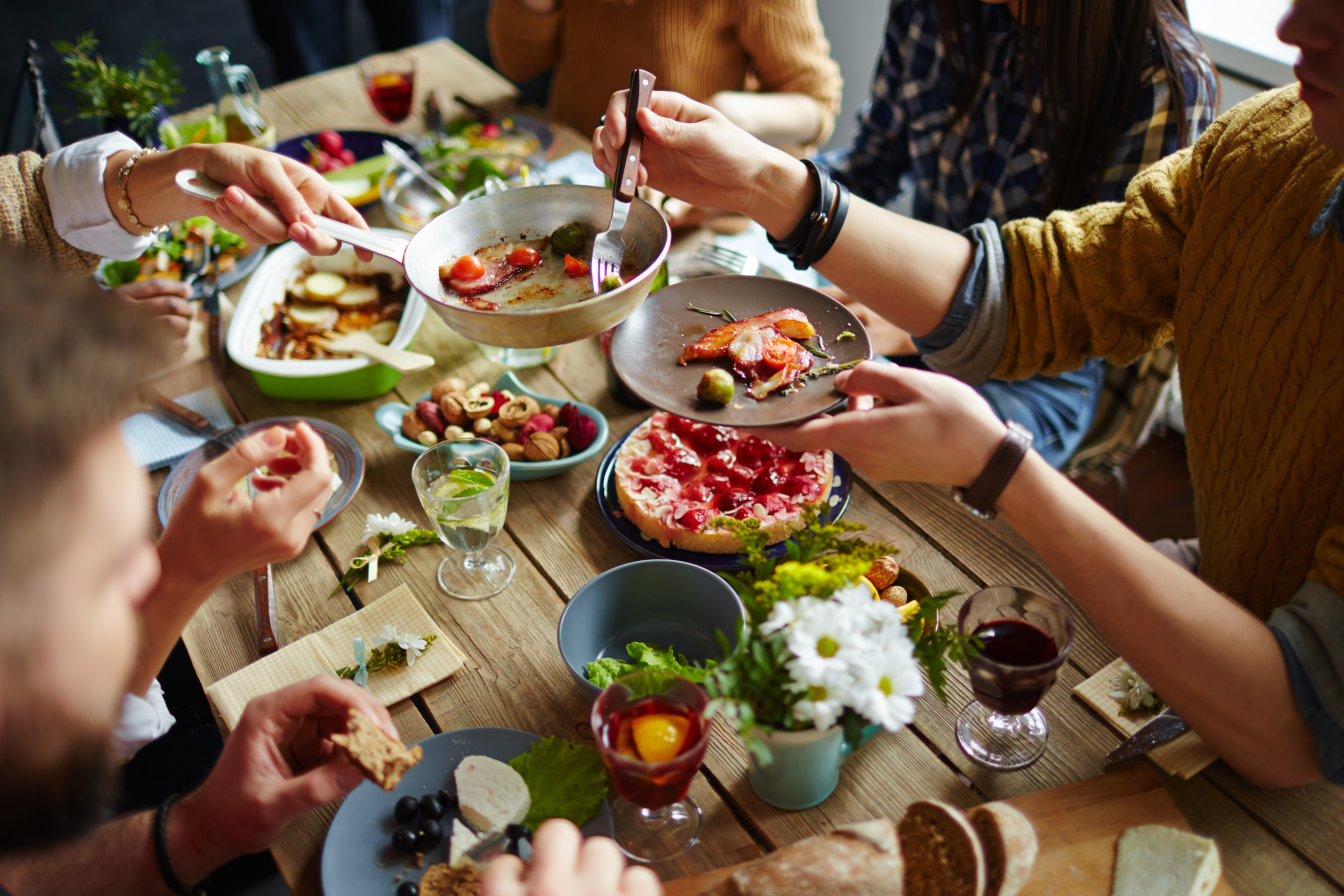What are the reasons for us to grow our own food? Connection with nature and being outdoors has been proven to enhance our health. Gardening helps us heal, overcome anxiety, and lift low mood. Many studies have found that just being in a garden can improve your state of mind, blood pressure, your heart rate, and your stress hormone levels, and over time can lead to a longer life. Another HUGE reason is reducing our dependence on long distance food. While not only greatly reducing our carbon foot print not purchasing this food, we are actually sequestering carbon back into the soil with these plants. Our trees and shrubs also continually clean-up our local air quality consuming carbon dioxide and releasing oxygen.
What to grow?

Searching on-line one quickly discovers there are thousands of vegetable growing blogs and web sites to educate ones self on annual vegetable growing. One must first consider what is the best use of space and what are the most valuable food plants I already eat? Fruit and perennial crops are rarely considered by home owners. As a long-time landscape designer, I have noticed many if not most people have a false understanding of fruit in their yards. For example, most of my clients have a strong NO to a raspberry patch. Even though these same folks will purchase a tiny cello-pack of raspberries for $4.00. There is usually an under-used spot in everyone’s yard for this crop. This crop is very hardy and left unmaintained can take over an area. Two good locations for raspberry canes are along the outside of ones fence (alley side), and along a side house foundation. Both locations are usually bordered with concrete or asphalt which will contain the new cane growth.

Harvesting the crops and the fall clean-up is usually the reason people say no to perennial food in their yards. There are many columnar fruit trees and small fruiting shrubs that can easily be incorporated into your yard. Even if the fruit is left, the local birds will feast on the remains. Considering how and what you will preserve if anything is the next big question. Freezing is a quick time saving way to preserve fruit and vegetables. Even if you want to make jam but don’t have time during the growing season, you can freeze and can in later months.

Let’s start selecting food plants we want to incorporate, where do we start?
1. Grow what you like to eat
2. Grow food that most noticeably tastes better than store purchased.
3. Highest value – beans are relatively cheap while raspberries are expensive.
4. Preserving? How much time do you have now and later for canning, drying, freezing.
5. What makes you the happiest? Even though potatoes are inexpensive to buy, you and your children may get great joy from digging up these jewels in the fall. I know for myself I love smelling my soil in the middle of winter while cutting into my home-grown potatoes.
If you found this article informative and would like more tips on growing urban food and landscape design please subscribe.